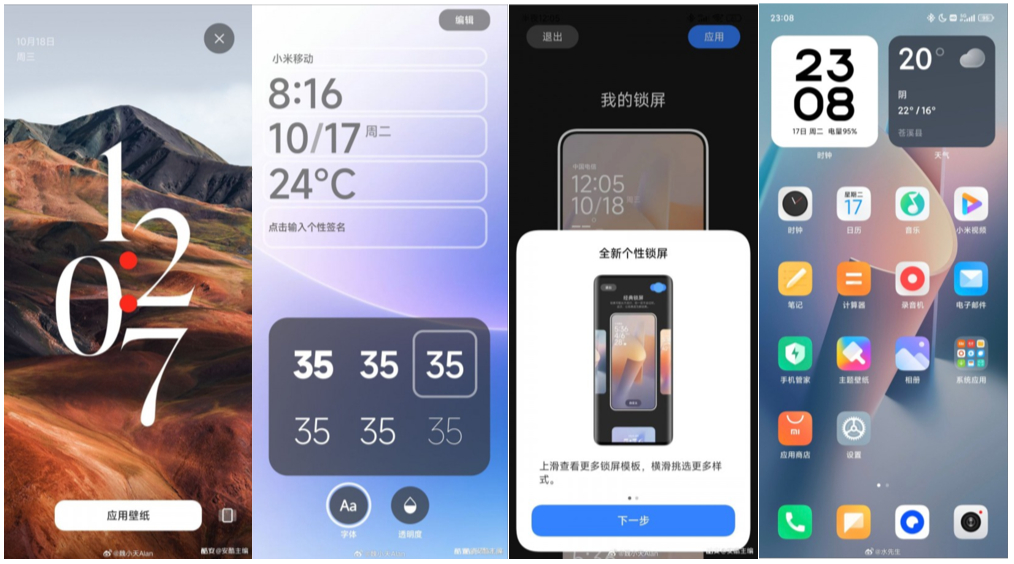Superfast and unbreakable — I hope Xiaomi’s new HyperOS operating system brings to life two extraordinary technologies that the original UK-based HyperOS pioneered

Just over a week ago, Xiaomi CEO Lei Jun announced that the tech company would start producing its own native Android-based operating system, HyperOS, with its flagship smartphone, the Mi 14, the first device in the ecosystem. company that would benefit from the platform.
According to Alvin Tse, Xiaomi’s vice president for India, HyperOS benefits from a completely new, rewritten architecture that will bring “hyper performance, fluidity and connectivity” to the extensive range of Xiaomi products. Now, I’ve come across another HyperOS in the past, as an innovative British tech startup, and I’d like to see Xiaomi integrate two exciting features from the old HyperOS into the new one.
The original HyperOS was launched almost a quarter of a century ago, in 1999, just as the Y2K bug was about to hit. It built its following and its reputation – until it folded in early 2010 – on two products.
The first was a portfolio of RAM drives; these are essentially high-speed accelerators that use RAM as a storage device and were several orders of magnitude faster than hard drives. That was at a time when SSDs still used a SATA interface and were therefore hampered by an older technology that was eventually replaced by PCIe.
The second product that caught my attention at the time was HyperOS 2014, the latest in a long line of utilities that allowed the user to run multiple (up to 20) versions of an operating system (in that case Windows) at any time. , independently of each other. If one operating system was compromised or crashed, another operating system could be used almost immediately, ensuring a reasonable amount of redundancy.
Could that also be possible on a smartphone?
RAM-based computers are still a rarity due to the price of memory modules, but they do exist. RAM servers are popular among VPN providers because they offer end users additional privacy and security, as well as significant performance improvements. LPDDR5x is the fastest current memory for smartphones and is much, much faster than the current UFS 3.1-based internal storage found in mobile devices.
The importance of fast memory also came to the fore in a big way with the growing importance of AI training and inference (albeit on the GPU front). However, it is only a matter of time before AI that pushes the boundaries becomes mainstream and with it the focus on system memory and NPU (Neural Processing Units).
Now if Xiaomi’s vision was to create an all-encompassing mobile platform that strives to give its 1 billion users the best, super-fast mobile experience and rock-solid privacy (plus business security), then try to save the RAM push-only smartphones and offering multiple copies of an operating system for extra resilience could be a bafflingly unorthodox way to do this.
